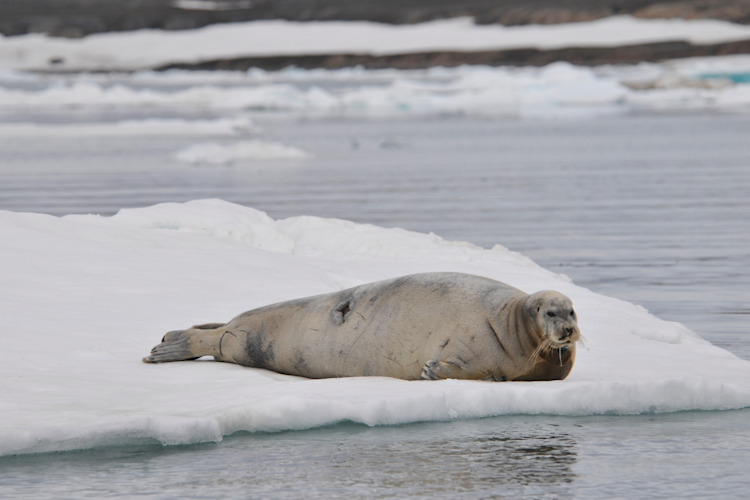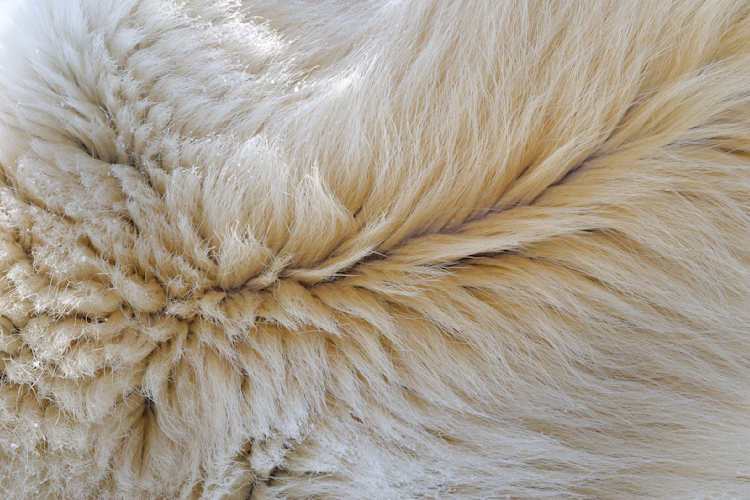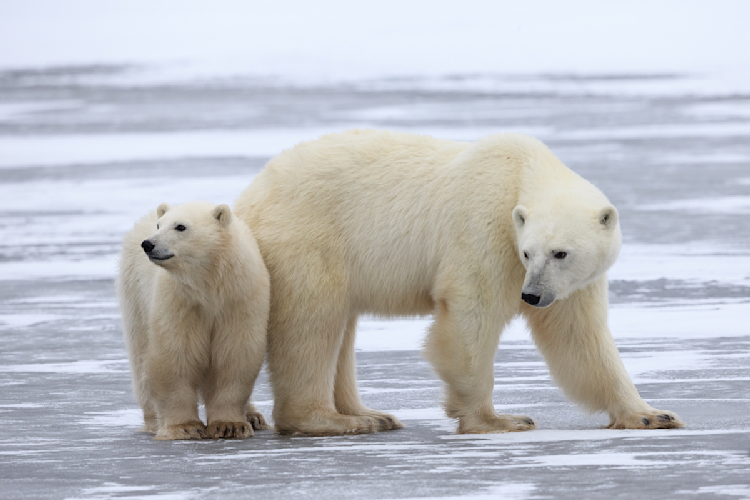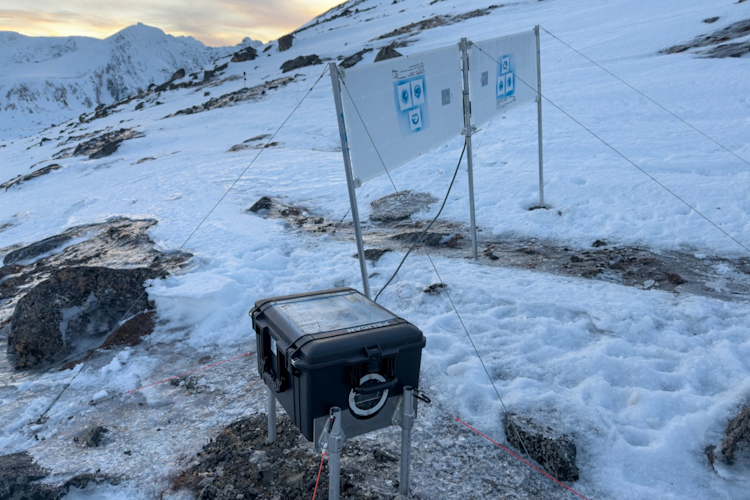How long can a polar bear stay underwater? This is one of the most frequent questions I am asked, but good opportunities to observe underwater dives for wild polar bears are rare.
Polar bears are strong swimmers and are known to dive underwater as part of a strategy to sneak up and try to catch seals when they are hauled out on an ice floe. Until recently, the longest underwater dive I was aware of was a bear of unknown sex I watched diving and pulling up seaweed at Radstock Bay on the southwest corner of Devon Island in the Canadian High Arctic. The longest dive I recorded on that occasion was 72 seconds. So far as I know, that record stood from 1973 until last summer.
In 2014, a colleague named Rinie van Meurs was guiding in Svalbard and sent me a video to analyze of a polar bear that made an incredible underwater dive lasting a phenomenal three minutes and 10 seconds!
When first seen, the bear was lying on a large flat annual ice floe off the north coast of Spitsbergen, the main island in the Svalbard Archipelago. At first, the bear did not notice the ship nearby but, when he did, he began to approach and it was clear he was very thin. Shortly after beginning to approach the ship, the bear spotted three adult bearded seals lying several meters apart along the edge of a nearby ice floe. At first, when the bear slipped into the water, he swam on the surface but then he dove and was completely out of sight as he swam toward them underwater in what we call an aquatic stalk.
From shortly after the bear began to swim toward the seals, to the end of the hunting sequence, a continuous video record was made, from which distances between the bear and a seal, distances between seals, and duration of his dive could be estimated fairly accurately. Adult bearded seals are 2-2.5 meters long so "body lengths" could be used to estimate the distance between the bear and the closest seal when he first dove, and the distances between all three seals. Also, from careful inspection of the video, it was possible to confirm that the bear did not breathe from the time it first went into the water until the end of the aquatic stalk.
The bear first dove when it was about 35-40 meters from the first seal. Six or seven seconds later, the seal raised its head, appeared nervous, and then suddenly dove into the water. The bear did not surface but continued underwater toward the second seal, which was about 12-13 meters further along the ice edge. This suggests that polar bears can count to two at least because he clearly knew there was at least one more seal up ahead after the first one escaped into the water. The second seal, and the nearby third one seemed quite unaware of what was happening as the bear continued to stealthily approach underwater. Suddenly, after being submerged for three minutes 10 seconds, the bear exploded out of the water at the floe edge to attack the second seal. The seal spun instantaneously, thus preventing the bear from getting a grip on its head or front-quarters, which might have prevented the seal from escaping. The bear desperately seized a hind flipper as the seal dove into the water, but could not restrain it.
Because of the danger of predation like this from the water, bearded seals often haul out on small floes where it might be more difficult for a bear to control them. Also, since bearded seals are so big (250-300 kg), most are killed by adult male polar bears.
Once the seal was gone, the bear then rested his left foreleg on the surface of the ice (possibly to prevent sinking because he was so thin) and panted rapidly at a rate of about 2 breaths per second for about 20 seconds. Then he began slowly swimming along the floe edge again, and looking around for any more seals.
The maximum possible dive time for a polar bear of any size is unknown but so far as I am aware, this is the longest dive on record at the moment.
This blog post was based on a paper published in the journal, Polar Biology. Reference: Stirling, I., and R. van Meurs. 2015. Longest recorded underwater dive by a polar bear. Polar Record, DOI 10.1007/s00300-015-1684-1.


















